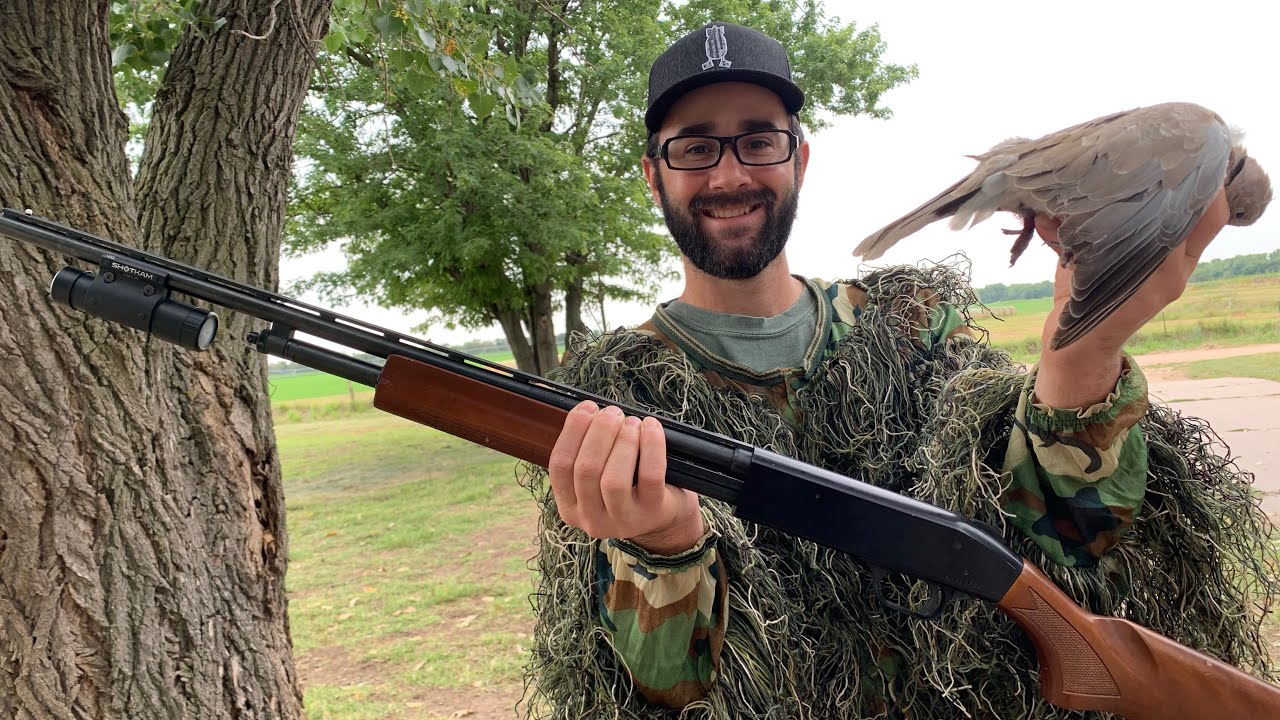Dove hunting is both an art and a science, requiring a mix of skill, preparation, and strategic timing. Each outing presents unique challenges, and even experienced hunters must adapt to ever-changing conditions. Recognizing the best times to hunt doves can significantly improve the chances of a successful outing, especially in regions with abundant dove populations and ideal habitats. Understanding how factors like temperature, light, and food availability affect dove behavior is essential for planning effective hunts.
In this guide, we’ll examine the key times during the day that provide peak hunting opportunities. From early mornings to late evenings, knowing when and where to position yourself, as well as which strategies to employ, will elevate your success in the field and make each dove hunt a rewarding experience.
Early Morning Advantage
Early morning is among the best times for dove hunting, as birds are most active at dawn. As the sun rises, doves leave their roosts and begin foraging for food, making them easier to spot. This period also provides optimal visibility, allowing hunters to detect doves as they move to feeding areas. During early hours, doves are often less wary, which can provide hunters with closer shots and more predictable movement patterns.
Humidity and temperature are lower in the morning, making conditions more comfortable. Additionally, the combination of lower temperatures and sunlight can impact dove behavior, prompting more frequent feeding activities. By arriving in the field before dawn, you can set up and be ready for when the first light hits, increasing the chances of encountering doves before they become alert to your presence.
Mid-Morning Transition
After the initial morning feed, doves tend to move toward water sources. This mid-morning phase is another one of the best times to hunt, especially near watering holes, ponds, or rivers. Doves frequently pause their foraging activities to find water, particularly in dry or warm climates. Positioning yourself near water sources around this time can yield excellent results, as doves typically visit water sources mid-morning to hydrate.
Understanding the movement patterns of doves during this phase is crucial. Observing their behavior over time can help identify the most productive spots for future hunts. The strategic use of decoys can also improve the odds during mid-morning, luring doves to specific areas near your hunting position.
The Midday Lull and Rest Period
Around midday, doves often enter a period of inactivity, resting in shaded areas or trees. This lull is a less productive time for dove hunting, as birds are often less mobile and harder to spot. However, midday can be ideal for scouting new locations, observing flight patterns, or setting up decoys in anticipation of the evening.
Although midday may not be the best time to hunt actively, it offers hunters an opportunity to refine their approach. Observing feeding fields and noting any movement can provide insight into where doves are likely to appear during later hunting times. In areas with high dove populations, a few birds may remain active during this period, but in general, patience is essential when choosing midday hunts.
Afternoon Feeding
As the day progresses into the late afternoon, doves resume their search for food. This return to feeding fields offers another one of the best times for successful dove hunting, as the birds become more active. By setting up near known feeding fields or paths doves use to access these areas, hunters can increase their chances of spotting and engaging their quarry.
Doves are often less cautious when returning to feeding grounds in the afternoon. The warmth of the day usually starts to dissipate, making conditions comfortable for both hunters and birds. For those hunting in Texas, locating areas with plenty of food sources—such as sunflower fields or freshly harvested crops—can yield exceptional results. Many seasoned hunters recommend setting up in these fields before the birds arrive, ensuring a prime position before doves settle in for their evening meal.
For those exploring the Best dove hunting spots in Texas, finding fields rich in food sources can be key. Locations near abundant feeding grounds provide some of the highest concentrations of doves, maximizing the effectiveness of afternoon hunting.
Evening Flight
As sunset approaches, doves exhibit another burst of activity, heading back to roosting sites. The evening flight is another prime hunting opportunity and one of the best times to catch doves on the move. Doves typically follow predictable paths back to their roosts, making this an ideal time to intercept them along their flight paths.
The evening hunt can be exhilarating, as doves tend to fly swiftly toward roosting locations, creating challenging but rewarding shooting opportunities. Positioning yourself in areas near these pathways or beneath tall trees where doves prefer to roost can yield excellent results. Be mindful of local regulations regarding shooting hours, as these often vary by location and may restrict evening hunting times.
As light fades, hunters must also consider visibility and adjust their strategies accordingly. The twilight period offers a brief yet intense hunting window, where doves are often less cautious and easier to approach.
Weather and Seasonality Impact
While understanding the daily hunting windows is vital, the broader context of seasonality and weather also affects the best times for dove hunting. Doves respond to temperature changes, migratory patterns, and breeding seasons, making it essential to adapt to seasonal shifts. In Texas, for example, dove hunting often aligns with migration periods, when birds move southward in search of warmer climates.
Temperature plays a role, as doves are more active on mild days compared to hot, humid conditions. Cooler days increase dove activity throughout the day, particularly in the afternoon. Rain, wind, and other weather factors can also alter dove behavior, sometimes pushing their feeding and hydration patterns into less predictable timeframes. Adjusting your hunting approach based on real-time weather conditions can make a significant difference, as doves are highly responsive to environmental shifts.
Planning Your Hunt Around the Best Times
Dove hunting success relies on effective planning, which begins by determining the best times of day for each phase of the hunt. Early morning hunts capitalize on doves leaving their roosts for food, while mid-morning offers opportunities near water sources. Afternoon feeding periods and the evening flight back to roosting areas provide additional chances for successful hunting.
Scouting is essential for identifying the locations where doves are likely to be found during each of these time periods. Areas rich in food and water, especially near roosting trees, can yield substantial dove activity. By carefully observing these spots over time, hunters can develop a reliable understanding of where to position themselves throughout the day.
Choosing the right decoys and camouflage also matters. Doves have sharp vision, and poorly placed decoys or visible hunters can alert them and reduce opportunities. Keeping camouflage appropriate to the season and landscape improves the odds of approaching doves unnoticed.
Tips for Staying Comfortable and Effective
Dove hunting often requires extended periods in the field, making comfort a priority for sustained focus. Early mornings and evenings can be cooler, while midday temperatures may rise significantly. Wearing layers allows you to adapt to temperature changes and stay comfortable throughout the hunt.
Investing in a quality hunting seat, hat, and sun protection can also improve your experience, especially when hunting for several hours. Bringing sufficient water and snacks ensures that energy levels stay high, particularly during longer outings.
As with any hunting experience, patience is key. The best times for hunting doves often yield swift and sudden bursts of activity, so waiting quietly and observing the surroundings can pay off. Learning to move minimally, stay quiet, and react quickly helps hunters seize the opportunities presented by an active dove field.
Final Thoughts
Understanding the best times for dove hunting involves recognizing how dove behavior shifts with daylight and temperature. Each time period offers unique advantages and challenges, from the predictable morning feed to the exciting evening flight. By adapting strategies to these changes, hunters can maximize success and enjoy the dynamic aspects of dove hunting.
Whether you’re aiming for a quick morning outing or an all-day adventure, being mindful of daily patterns and weather variations makes a difference. Planning hunts around peak activity times and using knowledge of dove habits in your area will enhance the hunting experience and lead to memorable and fruitful days in the field.




